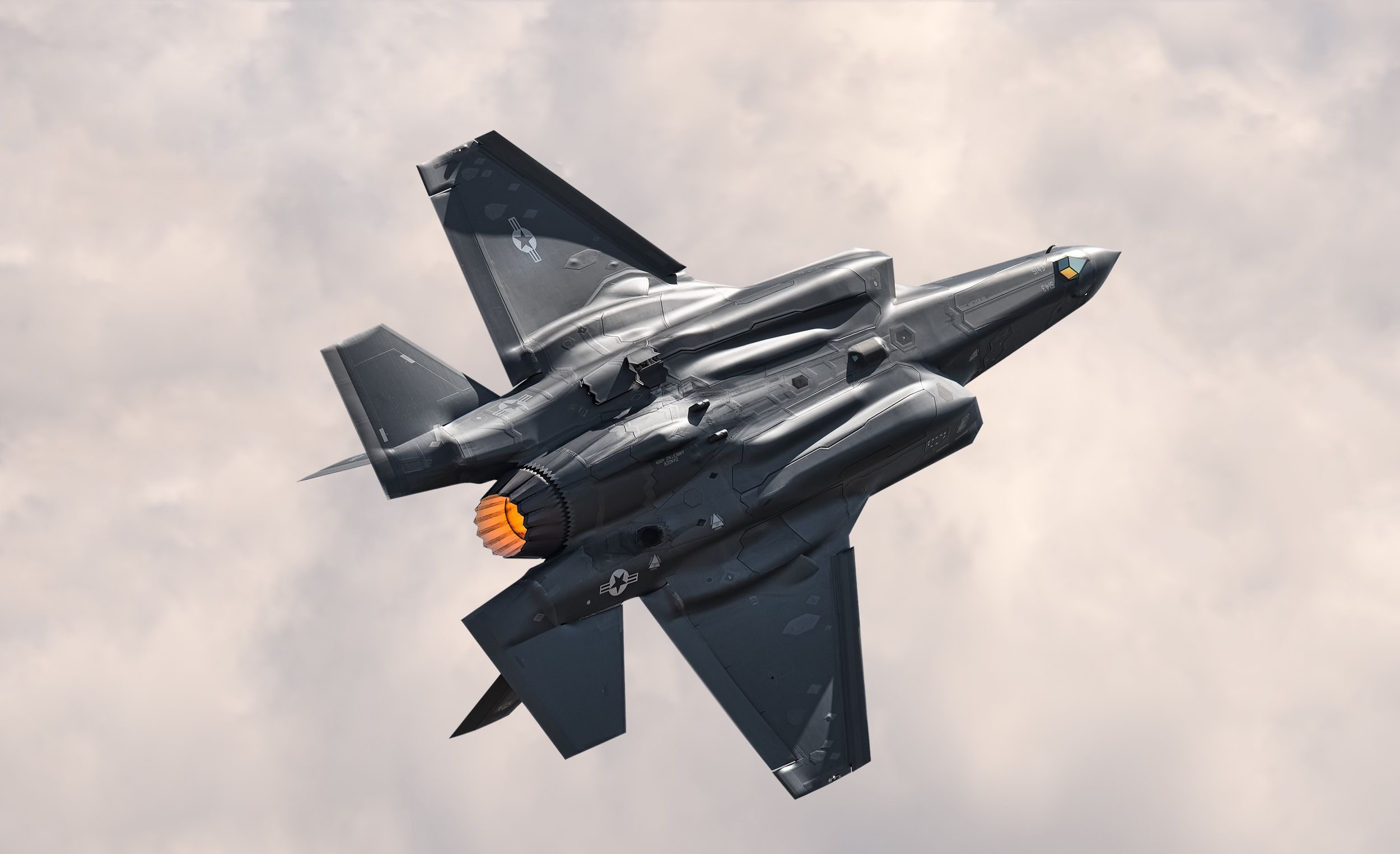On August 22, Russia announced it had dispatched two fighter jets to intercept a pair of drones, specifically an MQ-9 Reaper and a Bayraktar TB2, near Crimea.
The Russian Ministry of Defense reported that the drones were on a reconnaissance mission over the Black Sea close to the Crimean Peninsula, and upon being spotted by Russian air defense, two fighter jets were mobilized.
“To prevent a potential violation of Russia’s state border and to counter the UAVs conducting electronic reconnaissance, two Russian fighter jets were lifted,” the defense ministry said.
The ministry added, “The UAVs changed their flight direction and left the areas where aerial reconnaissance was conducted.” However, the ministry did not specify the countries responsible for drone deployment.
In the past few weeks, there has been a rise in accounts of drone assaults in Crimea. On August 16, Ukraine’s Security Service (SBU) took responsibility for a July 17 attack on the Crimean Bridge, executed using an experimental sea drone.
The escalation in drone attacks within Russia has also sparked questions about its capability to safeguard its internal territories.
In recent months, there has been a notable surge in incidents involving Russian and Western aircraft over the Black Sea and other regions.
In mid-March, tensions escalated significantly when a Russian Su-27 fighter jet hit the rear propeller of its MQ-9 Reaper drone, compelling the US to bring down the UAV into the Black Sea.
The incident quickly evolved into a diplomatic quandary, heightening concerns over the potential transformation of the Ukrainian conflict into a direct clash between the two formidable global powers.
Furthermore, regular occurrences have surfaced wherein the United States and NATO allies intercept Russian jets flying near Alaska or NATO airspace over the Black or Baltic seas.
Similarly, Russia has reciprocated by intercepting American aircraft in those regions, at times approaching closely enough to create turbulence.
A Part Of A Bigger Pattern
In addition to the Baltic and Black Sea regions, confrontation involving Russian and US military aircraft, including drones, has been consistently documented over Syria.
Recently, Russia claimed that two F-35 jets from the pro-American coalition dangerously approached two Russian Su-35 aircraft in Syria, but the skilled maneuvering of the Russian pilots averted any collision.
Whenever such near encounters occur, both sides assert that their pilots acted professionally, effectively preventing possible collisions that could have been triggered by the opposing side’s actions.
But the latest occurrence involving the interception of an MQ-9 Reaper and a Bayraktar TB2 near Crimea underscores a recurring trend where the United States routinely engages in reconnaissance flights near Russia’s borders.
In response, Moscow frequently mobilizes its fighter jets for interception. Experts suggest this trend aligns with historical patterns dating back to the 1950s.

However, Russia engaged in more assertive intercept maneuvers in the post-Cold War era, particularly after 2012.
These episodes typically involve Russian fighter jets approaching US or NATO aircraft, compelling them to alter their course. Such interactions have involved audacious maneuvers and close calls.
For instance, back in August 2020, Russian Su-27s intercepted a B-52 bomber involved in what the US Air Force referred to as “routing operations” within international waters in the Black Sea.
According to statements from the US Air Force, the Russian jets approached within a distance of 100 feet from the bomber’s front on multiple instances.
These forceful air intercepts serve as instances of coercive signaling orchestrated by Moscow, intended to convey specific messages about activities it perceives as troublesome.
Primarily, such close encounters frequently occur as a reaction to the presence of the US or allied ships and aircraft in proximate regions that hold military significance for Moscow.
In the latest occurrence, this situation transpired in Crimea, where Ukrainian forces are striving to target vital infrastructure. The conflict in Ukraine has also escalated the potential risks of such airborne confrontations.
While the United States has extended substantial military and intelligence aid to Ukraine, it has been cautious in preventing any direct military confrontation with Russia.
- Contact the author at ashishmichel(at)gmail.com
- Follow EurAsian Times on Google News